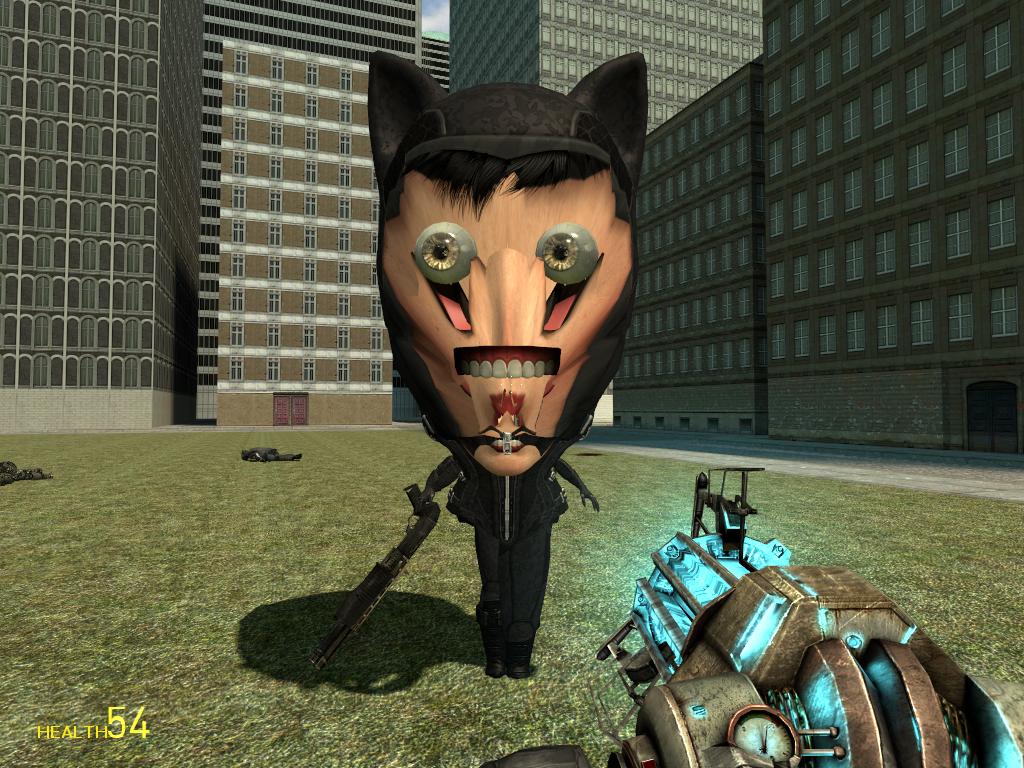

In the world of video games, breaking the fourth wall is a unique narrative technique where the game acknowledges the player's presence, directly engaging them in ways that defy traditional gameplay boundaries. This meta approach can take many forms, from characters addressing the player by name to the game commenting on the player's actions, and it creates an immersive experience that blurs the lines between fiction and reality. Games that break the fourth wall not only surprise and engage players but also add layers of depth to the storytelling, making players feel more involved in the game world.
One of the most iconic examples of a game that breaks the fourth wall is Undertale. Throughout the game, players are not just interacting with the characters but also with the game itself, which seems aware of the player’s decisions. The game acknowledges the player's actions, whether it’s sparing or attacking characters, and adjusts the narrative accordingly. At certain points, Undertale even directly comments on the player’s choices, making the player feel as if the game is watching them. This awareness fosters a deeper emotional connection to the game’s themes, particularly regarding morality and consequences.
Another game that masterfully breaks the fourth wall is The Stanley Parable. In this narrative-driven exploration game, the narrator speaks directly to the player, guiding them through different paths while offering commentary on their choices. The narrator’s reactions to the player’s decisions provide insight into the game’s philosophical exploration of free will and choice, questioning the nature of player agency. The game repeatedly plays with the concept of choice, forcing players to confront the illusion of control in games and the limits of scripted narratives. By addressing the player and acknowledging their decisions, The Stanley Parable makes the player question the very act of playing games.
Metal Gear Solid also features memorable moments of breaking the fourth wall. One of the most famous instances occurs when the villain, Psycho Mantis, "reads" the player’s memory card, commenting on the games they’ve played or even urging them to switch controller ports. This unexpected interaction creates a surreal and unsettling moment, heightening the immersion and giving the player a sense that the game world is aware of their actions outside of the narrative. Metal Gear Solid uses these techniques to emphasize its themes of surveillance, control, and the blending of reality with fiction, making it a standout example of games that engage directly with the player.
Breaking the fourth wall in video games serves as a tool for enhancing storytelling, increasing player immersion, and creating memorable experiences. By addressing the player directly, these games invite players to reflect on their role within the game world and the impact of their choices. The interplay between player and game deepens the connection between the two, making the experience more personal and thought-provoking. As more games experiment with breaking the fourth wall, it’s clear that this narrative device continues to be an effective way to engage players in new and innovative ways.
